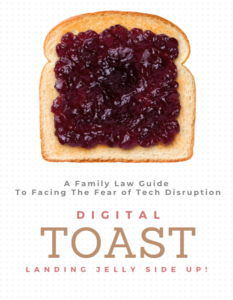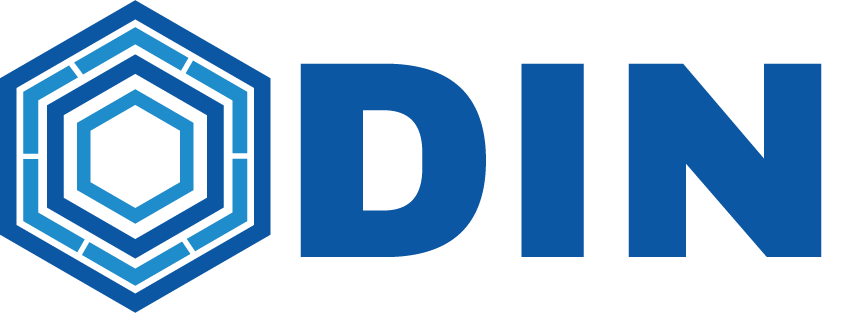Successful family law practices have working business plans. Business plans routinely address budgets, review marketing strategies, and organize operational adjustments. Unlike most practices, the most forward-thinking and progressive practices also develop and incorporate strategic Technology Plans.
Even the smallest sole practitioners rely on some technology to handle even the most routine business operations – from maintaining financial records, to generating legal documents, to communicating with clients. The difference is, successful businesses do not utilize technology, they leverage technology.

Despite the growth of ADR offerings amongst experienced practitioners, few actually generate their core revenues from this market. And among potential clients, fewer are aware that your solution exists. This tells us that ADR Practitioners need to be more effective in developing executable market strategies and communicating their specific ADR, collaborative law, or mediation message. The challenge does not lie in the size of the market. The challenge lies in the market finding YOU and what you are actually trying to communicate to them.
Clearly Define Your Target Market and Their Demographics
A strategic Technology Plan is not, first and foremost, about what technology is out there. Tech or no tech, the success of your Family Law business and revenue model, is based solely on your intentional or unintentional workflows, processes, activities and policies that, regardless of technology, create a certain value for your business and your clients as a whole.
Business rule number one: money is not real. Value is real. Create value and money will follow to the level of value you create.
Business rule number one: Money is not real. Value is real. Create value and money will follow to the level of value you create.
Address Your VALUE ROI (Return On Investment)
Do not assume that all problems can be fixed by any specific technology. Often business challenges are actually the result of a problem with revenue models, business execution, assumptions on the importance of certain expertise or even your ingrained, existing processes. Why are you doing what you are doing? Have you considered other models or processes? How do your clients perceive it? Can if be done differently, better or smarter?
The first step of a technology plan is to access your existing intentioned or unintentional workflows, processes, activities and policies and then audit any measurable business value they do or do not create. Once you have mapped this out, you can logically consider how to best utilize, implement and leverage technology to make your business processes more effectively and efficiently valuable.
The necessity of technology boils down to the value it creates over what it costs. Ask yourself,
“Could technology help me create greater value for me or my clients (set my practice apart, create a customer experience, manage clients, minimize expenses, maximize efforts, etc.) that in turn will generate more revenue. And more importantly can tech create value that will help me keep more of that revenue?”
The question becomes not “how much revenue can I create with technology,” but “how much revenue am I losing without it?”
Implementing new technologies takes time and work. A Technology Plan demands a long-term business plan that delves funding strategies, accommodates current and future technology needs, and executes a timeline for implementation and change.
Like it or not, technology is core to nearly every successful business in the world today. It’s what differentiates most and sets companies apart in the market. Create your Technology Plan as a roadmap to align existing and future technologies with the way your practice wants to create business value.








